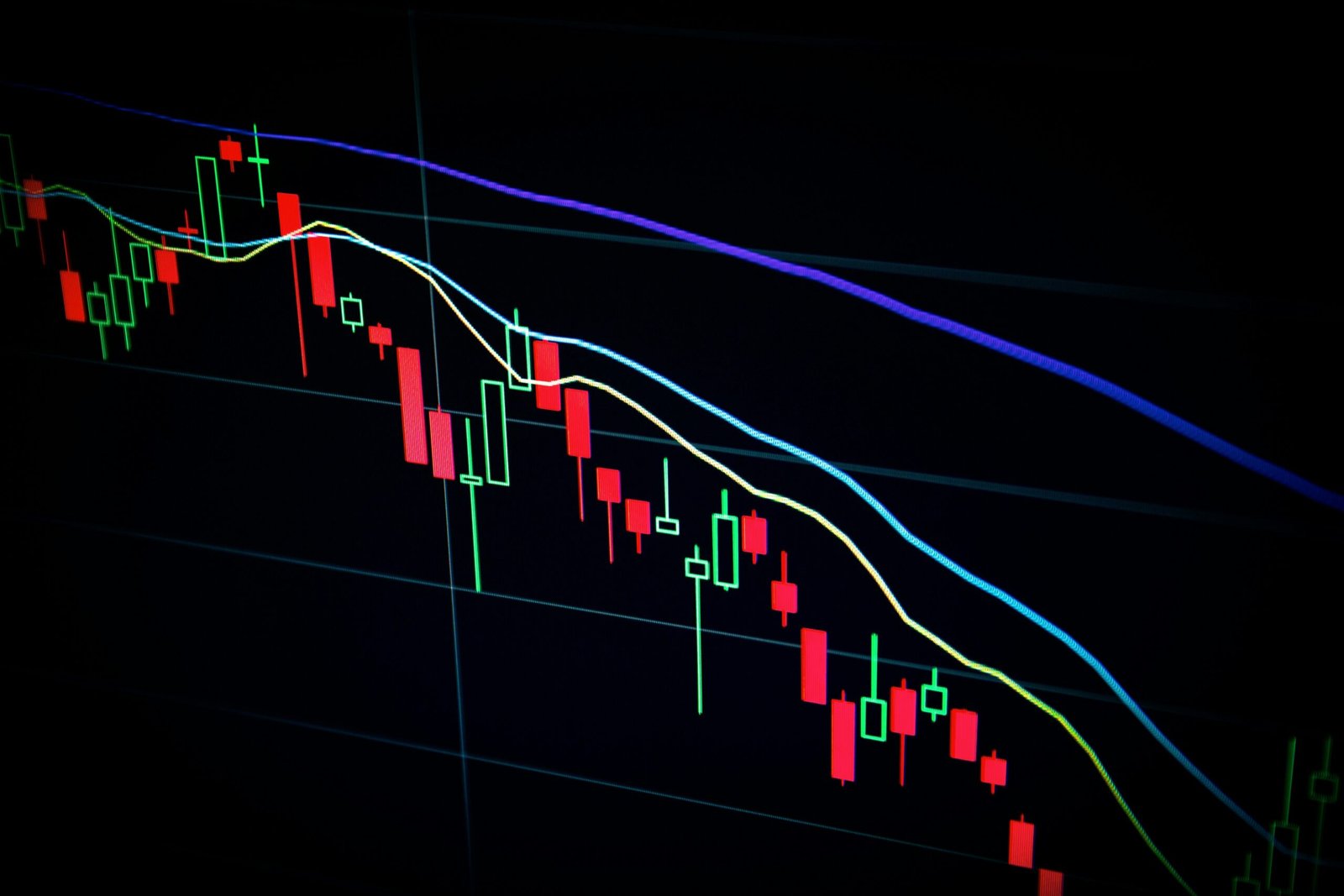Part 1: Deciphering Trading Strategies
1. Fundamental Analysis:
At the core of fundamental analysis lies the quest to uncover the true value of an asset by scrutinizing its underlying economic factors, industry dynamics, and company fundamentals. Traders employing this strategy delve into financial statements, economic indicators, and industry trends to identify undervalued or overvalued assets.
2. Technical Analysis:
Technical analysis revolves around the study of historical price and volume data to forecast future price movements. Through the use of charts, indicators, and patterns, technical traders seek to identify trends, support and resistance levels, and optimal entry and exit points for trades.
3. Sentiment Analysis:
Sentiment analysis involves gauging the collective mood of the market and investor sentiment to anticipate future price movements. By analyzing news sentiment, social media trends, and market positioning, traders can identify potential trading opportunities driven by crowd behavior and sentiment extremes.
4. Quantitative Analysis:
Quantitative analysis harnesses the power of mathematical models and statistical techniques to analyze market data and develop trading strategies. Quantitative traders design algorithms that automatically execute trades based on predefined criteria, exploiting market inefficiencies and generating alpha.

Part 2: Exploring Trading Types
1. Day Trading:
Day trading is characterized by the execution of trades within the same trading day, with positions typically being closed before the market closes. Day traders thrive on short-term price movements and market volatility, utilizing technical analysis and intraday chart patterns to capitalize on fleeting opportunities.
2. Swing Trading:
Swing trading involves holding positions for several days to weeks, aiming to capture short to medium-term price swings within a broader trend. Swing traders rely on technical analysis to identify entry and exit points, riding the momentum of market swings to maximize profits.
3. Position Trading:
Position trading entails holding positions for an extended period, ranging from weeks to months or even years. Position traders focus on capturing major market trends, using fundamental analysis and macroeconomic factors to identify promising assets and ride long-term trends for substantial gains.
4. Scalping:
Scalping is a high-frequency trading strategy characterized by the execution of numerous trades within a short time frame, often holding positions for seconds to minutes. Scalpers aim to profit from small price movements and market inefficiencies, leveraging advanced technology and rapid execution to capitalize on short-term fluctuations.
5. Algorithmic Trading:
Algorithmic trading utilizes computer algorithms to execute trades automatically based on predefined criteria. These algorithms analyze vast amounts of data and market signals to identify trading opportunities and execute orders with minimal human intervention, providing speed, efficiency, and precision in today’s fast-paced markets.
Conclusion:
Trading is both an art and a science, requiring a combination of analytical prowess, strategic thinking, and emotional discipline. By mastering the intricacies of trading strategies, understanding the nuances of trading types, and honing your skills in risk management and execution, you can navigate the tumultuous waters of financial markets with confidence and precision. Remember, success in trading is not measured by the size of your wins or losses, but by your ability to adapt, learn, and evolve in pursuit of your trading goals.